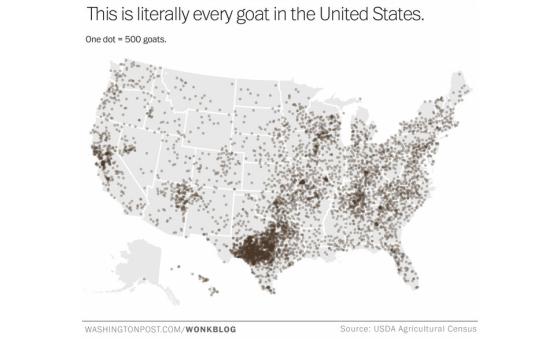Last week, the United Nations Food and Agriculture Organization reiterated its call for a “paradigm shift” when it comes to the way the world approaches food production. Speaking at a weeklong agriculture and gardening event in Berlin, the group’s director-general, José Graziano da Silva, said that in order to keep up with the growing population, our current food production system would have to surmount near impossible obstacles.
“Business as usual would mean a huge and simultaneous increase in the need for food, energy and water in the next decades: 60 percent more food, 50 percent more energy and 40 percent more water by 2050,” he said.
Luckily, experts have some suggestions for increased food security. For instance, in the 2013 book Women, Livestock Ownership and Markets, researchers found that a lot changes when women own livestock. For example:
- When women in rural communities own livestock, the number of months in which their households have enough food increases. Researchers found that when women owned chickens, their households had enough food to eat almost 10 months out of the year. In households where women did not own chickens, there was enough food only eight months of the year.
- When women are allowed to own livestock, entire communities benefit. According to data cited by researchers, if women in rural communities had equal access to resources, agricultural productivity would increase by 30 percent and agricultural output would increase by 4 percent.
- Additionally, when women own livestock, there is a marked improvement their children’s nutrition and education. In fact, household that owned goats and chickens had diets twice as diverse as households that did not.
Now, for our map, we’re changing gears just a tiny bit. Last week, The Washington Post’s wonkblog made a map showing every single goat in the United States. That’s right – every single one of them. Will this map help solve global hunger? No. But goats and their milk are a common staple for people around the world, and it’s quite interesting.

